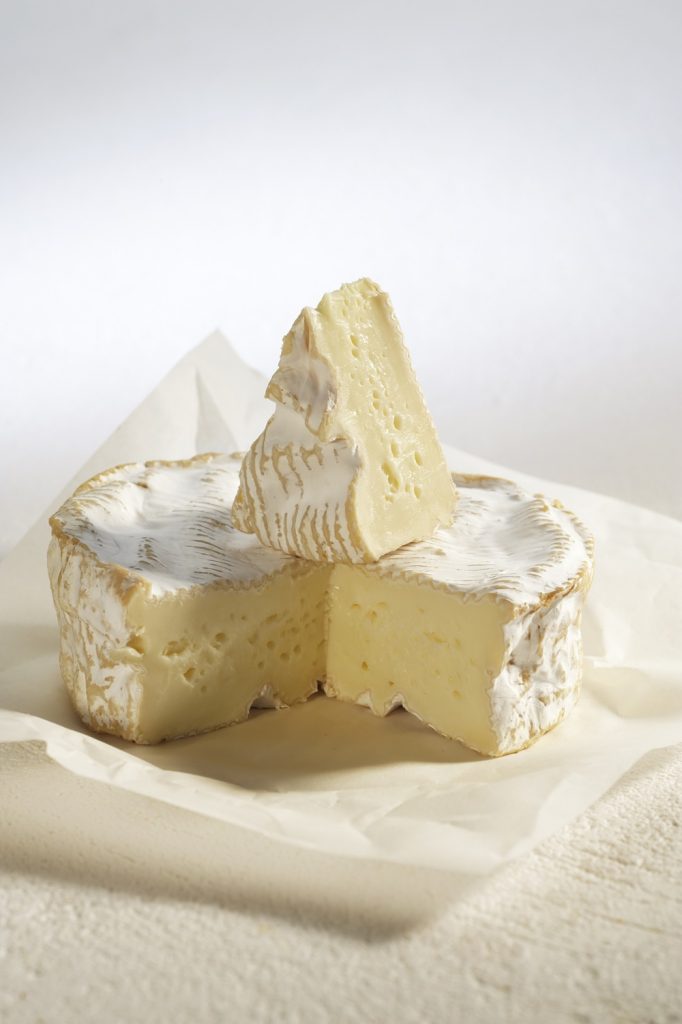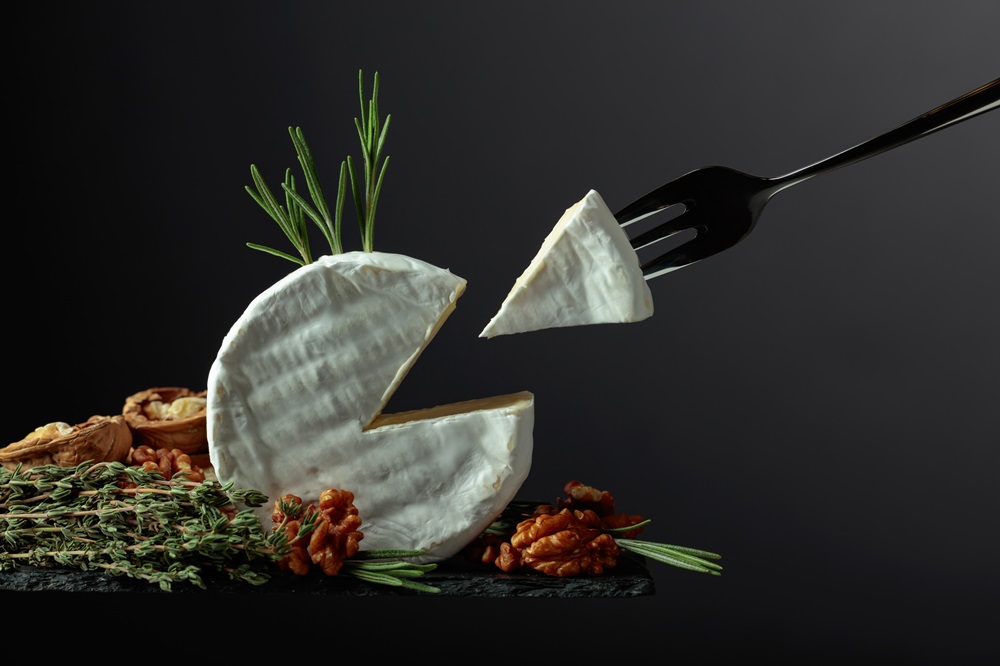The French dairy industry has reached out to reassure panicking cheese lovers after scientists suggested two pillars of French gastronomy – Brie and Camembert – were on the verge of extinction.
Brie and Camembert were feared at risk because their white rind comes from Penicillium Camemberti. A recent scientific report raised concerns about the overuse of the fungus and a lack of microbial diversity which could lead to its demise altogether.
But French dairy organisation the Centre National Interprofessionnel de l’Economie Laitière (CNEIL) says that there is no shortage on the horizon and there is plenty being stored for safe keeping in laboratories around France, just in case strains ever do deplete in the future.
According to a Harris Interactive study (March 2021), Brie is by far the best-known French cheese in the UK. When it comes to the biggest sellers in Britain over the past 12 months, Brie is the leading French cheese, with almost half of Britons buying it, while a third of Brits have popped Camembert in their shopping baskets.
Brie is said to have been discovered by Emperor Charlemagne1 in the abbey of Reuil-en-Brie on his return from the conquest of Pavia as far back as 774. He was so impressed by the cheese that he asked for some to be sent to him every year. Legend also has it that Louis XVI was arrested in Varennes because he wanted to finish his Brie and red wine before fleeing, one of his many miscalculations that led to the French Revolution. During the Congress of Vienna in 1815, Charles Maurice of Talleyrand is said to have declared that Brie was “the king of cheeses”. At the time it sparked a lively debate and it was only after a tasting and vote among other cheeses that it was crowned as such.
Brie is a large soft cheese with cow milk with a very flowery, downy, white and relatively thick rind; the paste on the interior is creamy next to the rind and generally contains a chalky white centre. It has a slightly salty taste, with mushroom and milky notes. As the cheese ages it develops stronger, more complex flavours, with fruity, earthy undertones. There are many varieties, including Brie au Bleu (which has veins of blue mould), Brie de Meaux PDO, Brie Fermier, Brie de Montereau, Brie de Melun PDO and Brie Noir (an aged type).

Brie can be enjoyed with both sweet and savoury accompaniments, it is delicious with red grapes, honey and nuts and on a baguette with tomatoes and salad.
Local legend states that Camembert was invented by Marie Harel, a French cheesemaker born in 1761. She is said to have been helped by a priest from Brie who had taken refuge in her home during the French Revolution. The arrival of the railways in 1850 made it possible for Camembert cheese to reach Paris and other major French cities.
Marie Harel’s grandson gave his Camembert to the Emperor Napoleon III, who liked it so much that he took some back to the Tuileries Palace. Forty years later, an engineer called Ridet had the idea of putting the cheese in a box made from poplar wood, making it even more travel-friendly.
This famous soft cheese should not be confused with Camembert de Normandie AOP, which is of a higher quality and can only be produced in the Normandy region. Camembert’s rind is white and fluffy, sometimes with orange-red spots; the paste is ivory to pale yellow in colour and may have a chalky white centre. When fully ripened, the paste becomes smooth, soft and shiny, with very small holes. The taste of Camembert is slightly salty, with pleasant warm milk flavours and a mild mushroom aroma on the rind at first. The cheese develops more pronounced barnyard flavours as it matures.
Camembert can be enjoyed simply with a baguette and a glass of red wine. It’s also a perfect ingredient for cooking and is great to use in sauces, cheese soufflés, quiches and melted on toast. For a comforting and simple sharing dish, unwrap the cheese and place back into its wooden box, place herbs, thin slices of garlic into the rind and drizzle with olive oil. Heat the cheese in the oven until the centre becomes soft and gooey and serve with chunks of baguette, gherkins and a green salad.
Latest Posts:
- World Chardonnay Day: 3 wines you must try
- Buckwheat: Brittany’s Black Gold
- France’s best burger for 2024
- Try the ‘crookie’, Paris’ latest viral pastry
- An exclusive interview with Chef Alain Ducasse, the most Michelin-Starred Chef







